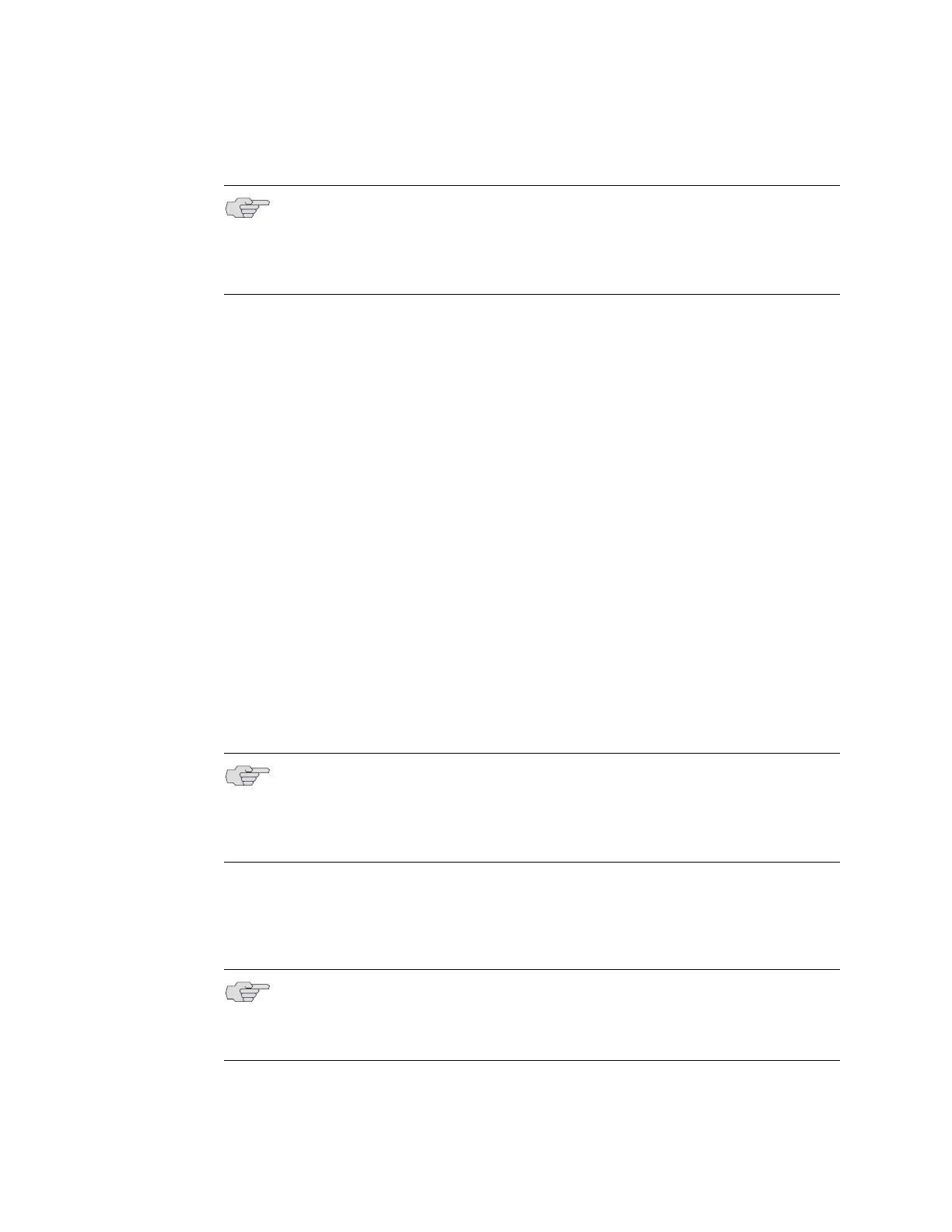JUNOSe 7.2.x Policy Management Configuration Guide
36 ! Creating Classifier Groups and Policy Rules
Classifier Group Command
Use the command described in this section to create classifier groups. See
Chapter 3, Creating Rate-Limit Profiles for examples of using this command to rate
limit traffic flows.
classifier-group
! Use to create a classifier group for a policy list and assigns precedence to the
specific CLACL that is referenced in the group; enters Classifier Group
Configuration mode, in which you create policy rule configurations related to
the specified CLACL.
! Use the precedence keyword to specify the order in which a classifier group is
evaluated compared to other classifier groups. Classifier groups are evaluated
from lowest to highest precedence value (for example, a classifier group with a
precedence of 1 is used before a classifier group with a precedence of 2).
Classifier groups with equal precedence are evaluated in the order of creation,
with the group created first having precedence. A default value of 100 is used if
no precedence is specified.
! Example
host1(config-policy-list)#classifier-group westfordClacl precedence 150
! Use the no version to remove the classifier group and its rules from a policy list.
Policy Rule Commands
Use the commands described in this section to specify policy rules for classifier
groups.
NOTE: You can use the suspend version of the command to suspend an individual
entry in a group of forwarding solutions. The forward rule remains active as long
as there is a reachable or active entry in the group of forwarding solutions. If you
suspend all entries in the group, the status of the forward rule is changed to
suspended.
NOTE: Empty classifier groups have no effect on the router’s classification of
packets and are ignored by the router. You might inadvertently create empty
classifier groups in a policy if you use both the newer CLI style and the older CLI
style, which used the Policy List Configuration mode version of the classifier list
commands.
NOTE: The commands listed in this section replace the Policy List Configuration
mode versions of the command. For example, the color command replaces the
Policy List Configuration mode version of the color command. The original
command may be removed completely in a future release.

